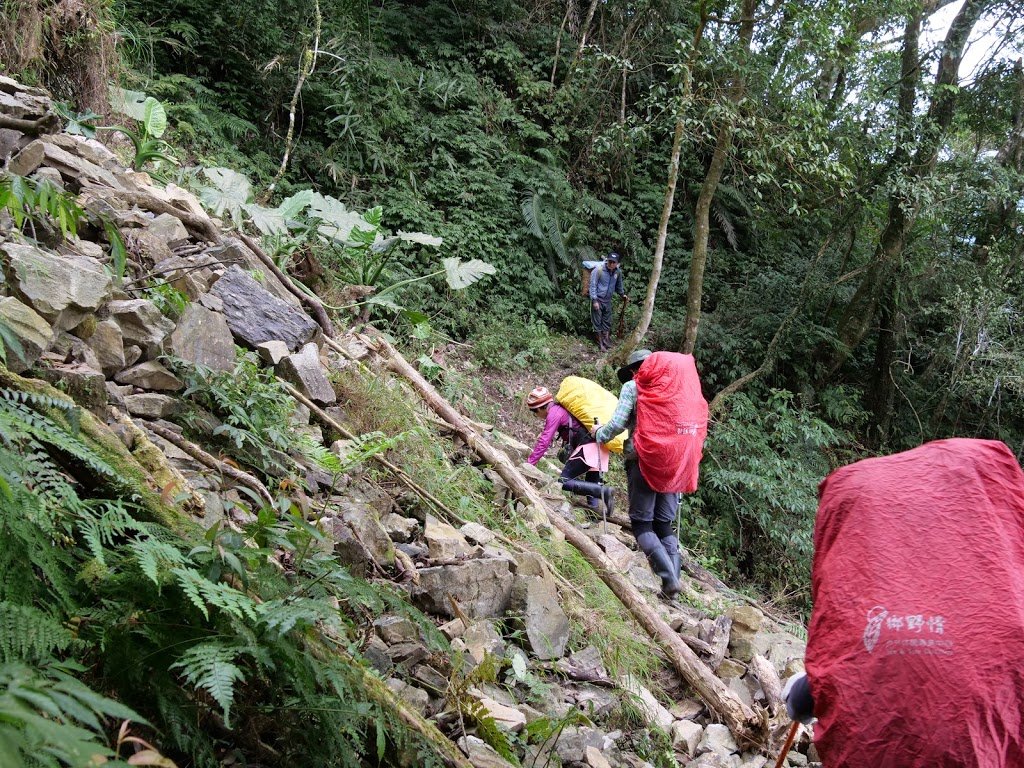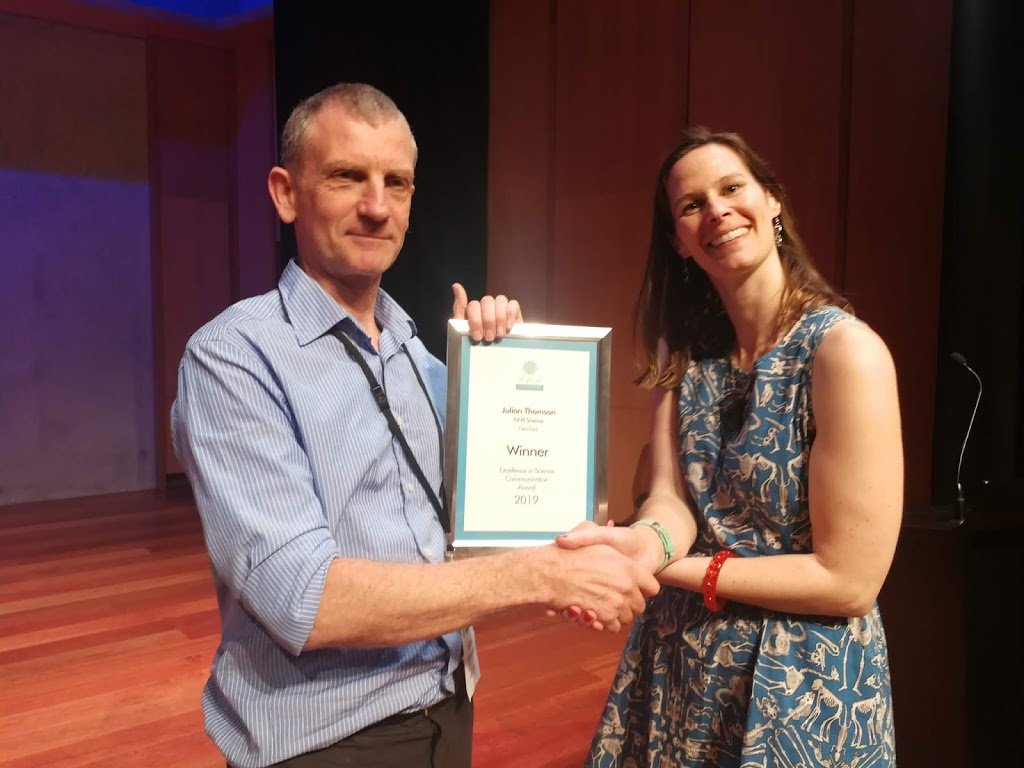In the Snowy Mountains Forest, Taiwan
The teachers of CuXin school in Yilan, Taiwan have been interested to find a location for a week-long wilderness camp for the year 9 class. We wanted to design a camp where students will have to rely on good survival skills and self management. We also want them to be able to learn the lore of the forest, such as how to identify and use the plants, now to build shelters, how to track animals, and how to understand the processes at work in a forest ecosystem. We set off on a 3 day trek into the Snowy Mountain Range, guided by two hunters of the local aboriginal Taiha tribe. After about 7 hours walk we arrived at a very simple tarp shelter which was to be our base for the three days. The shelter was very simple. It kept us dry during some big rain showers and from it we went on several walks to explore the forest. During our walks we learnt about useful trees and medicinal plants, animal behaviours, fishing and hunting methods, and about the history of the aboriginal tribes through the years of the Japanese occupation of Taiwan. The tribe used to be head hunters and we were given vivid descriptions of how the heads of the enemy dead were collected and displayed. Achung taught us to recognise several animal prints including wild pigs, goats, barking deer, a type of wild cat and the crab-eating mongoose. He was able to estimate the size and weight of each of the animals and give a precise day and time for when the prints were made. It was a unique experience to wander through the dense temperate forest, realising that there was so much going on if only you have the eyes and awareness to see it. Epiphytic ferns decorated many of the trees. These colourful fungi are some of the decomposers that form a vital role in the life cycle of the forest, turning dead material back into fertile soil. I made this video that gives some more impressions of our experience on this trip:
In the Snowy Mountains Forest, Taiwan Read More »


